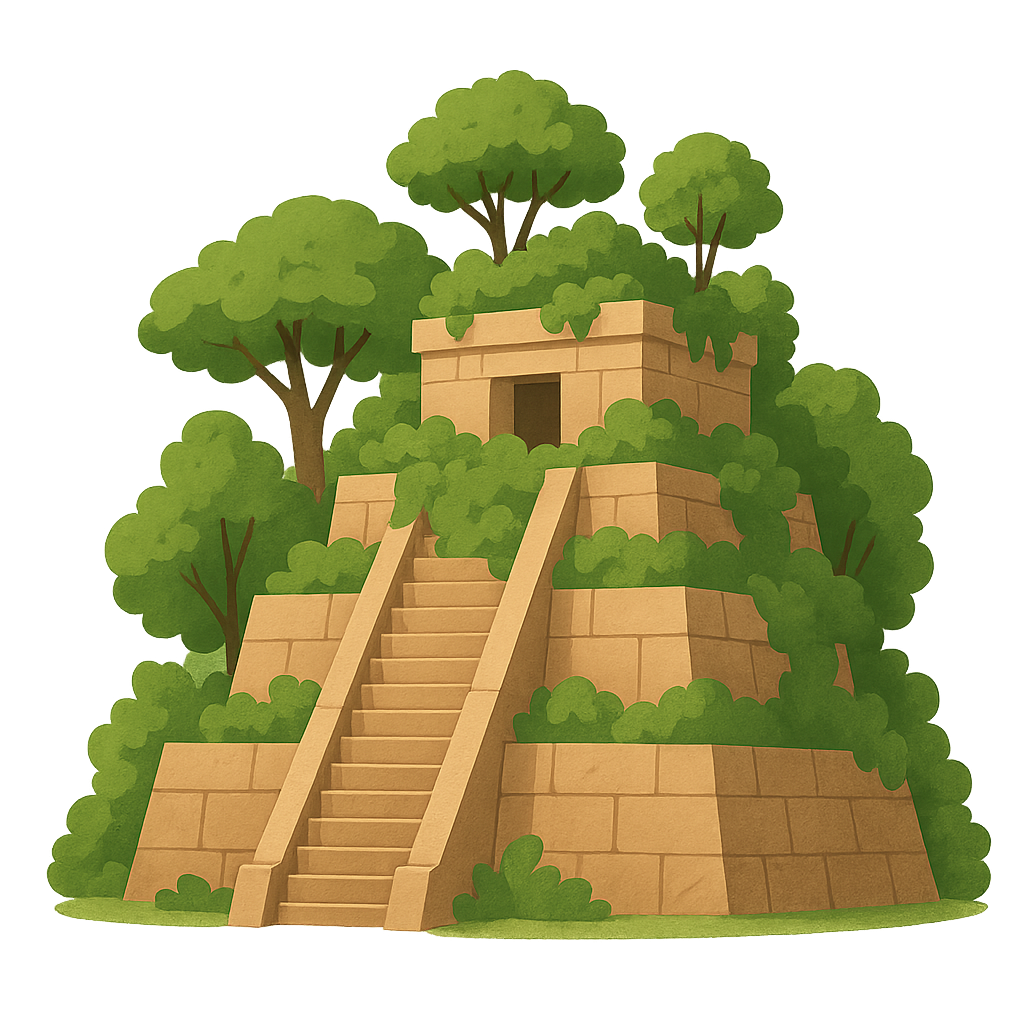The Whispering Giant of the Earth
The air around you is warm and damp, like a soft, green blanket. All day long, a symphony of sounds fills my branches: the deep call of a howler monkey, the chatter of a thousand colourful birds, and the steady buzz of insects dancing in the air. My trees grow so tall and thick that their leaves weave together to form a giant green roof, a canopy that stretches for miles. Rays of sunlight peek through the gaps, spotting the ground like little coins of gold. I am ancient, vast, and humming with life. My secrets are carried on the winding rivers that snake through me like silver ribbons. I am a world of green and sound, a place of wonder and mystery. I am the Amazon Rainforest.
My story began millions of years ago, long before the first humans walked the Earth. I grew and changed with the world, becoming home to creatures big and small. Then, over 13,000 years ago, my first human companions arrived. These Indigenous peoples did not see me as something to conquer, but as a home to cherish. They listened to my whispers and learned my secrets. They discovered which of my leaves could heal a fever, which fruits were sweet and safe to eat, and which tree bark could be used to build strong canoes. They followed my rivers, learning their currents and moods. They became my guardians, my storytellers, and my friends, living in a perfect harmony that respected every leaf, stream, and creature within me.
For thousands of years, it was just me and my guardians. But then, new visitors began to arrive from across the great ocean. In 1541, a Spanish explorer named Francisco de Orellana led his men on a long, difficult journey down the massive river that now shares my name. They were filled with awe at my immense size, but also with fear of my unknown dangers. They saw me as a wild and mysterious land to be charted. Centuries later, different kinds of visitors came. Scientists and naturalists, like Alexander von Humboldt, arrived around the year 1800. He didn't see me as a place to conquer, but as a 'living library.' He and others like him spent years studying my incredible biodiversity—my millions of different plants, animals, and insects. They carefully drew pictures of monkeys with bright red faces and collected flowers that had never been seen before. They showed the world that I wasn't just a jungle, but one of the most amazing and complex places on the planet.
Today, my role is bigger than ever. People call me the 'lungs of the planet' because my millions of trees breathe in the old air and breathe out fresh oxygen for everyone on Earth. I am a home for more types of animals and plants than almost anywhere else, from tiny poison dart frogs to mighty jaguars. Many of the medicines that help keep you healthy were first discovered in my plants, a secret my Indigenous guardians knew for centuries. I am a precious treasure that connects every single person on this planet. Protecting me helps protect our shared home. I continue to stand tall, a whispering giant, inspiring wonder, discovery, and hope for a healthy world for all of us.
Reading Comprehension Questions
Click to see answer
